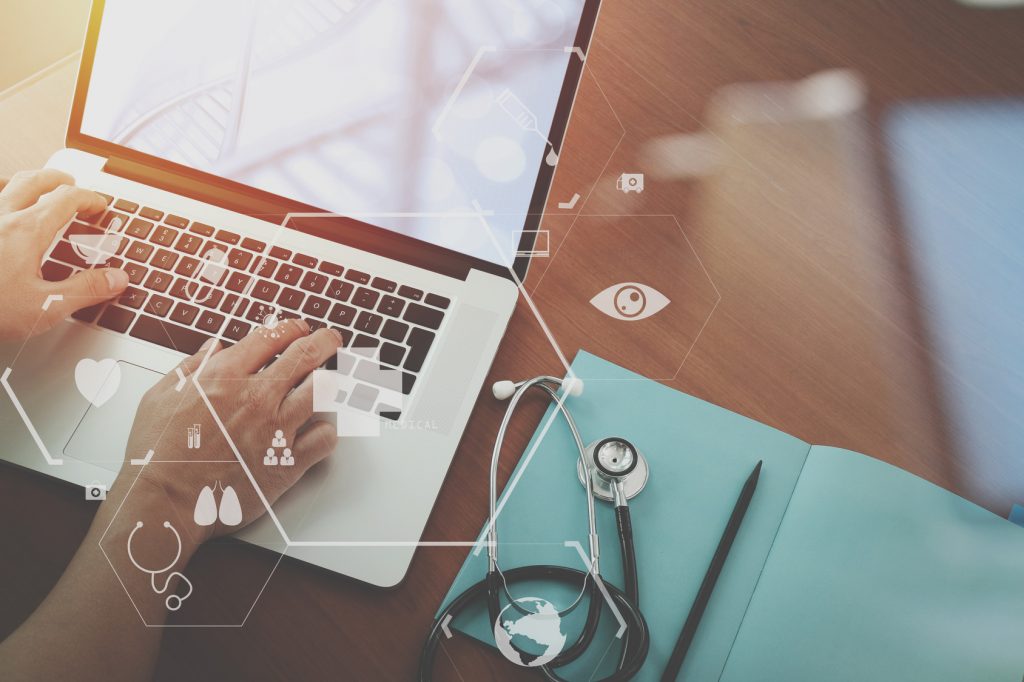Healthcare
CategoryThe Top 10 Pandemic-Proof Healthcare Jobs
Healthcare is often touted as a recession-proof industry. But is it pandemic-proof? Given the number of available jobs, it seems so. See the most in-demand position types here.
Freebies, Discounts, & Perks for Healthcare’s Heroes
To recognize the heroic efforts of frontline medical staff, companies are offering promotions as a way of giving back. Here’s a giant list of them.
Join the Fight Against COVID-19
We encourage all healthcare professionals who are able to join the fight against COVID-19 to register with us and label themselves as #covid19 ready.
How to Care for Yourself While Treating COVID-19 Patients
People who work in healthcare are being stretched beyond their limits due to COVID-19. Here are tips to take care of yourself while caring for others.
Poll: Healthcare Workers & Coronavirus
Given all of the uncertainty surrounding the coronavirus, we wanted to gauge the thoughts of medical professionals on the outbreak and its impact. Take our poll now.
The 3 States with the Most Healthcare Jobs
Healthcare added over 35,000 jobs last month, so it’s safe to say hiring is off to a great start in 2020. See where the most jobs are right now.
Preeminent Hospitals Penalized Over Rates Of Patients’ Injuries
Hundreds of hospitals will be paid less by Medicare after the federal government determined they had higher rates of infections and patient injuries.
Healthcare Resume: 4 Steps to a Standout Professional Summary
Your professional summary is one of the most important aspects of your resume. Here’s how to get it right.
4 Ways Medical Offices Can Keep Their Patient Information More Organized
Looking to be more organized in 2020? That can also extend to your workplace and patient information. Here are some tips on how to keep it tidy.
Our Top 5 Healthcare Articles of 2019
With 2019 quickly coming to a close, we thought it would be a good time to take a look back at our most popular articles from the year. Read them here.








